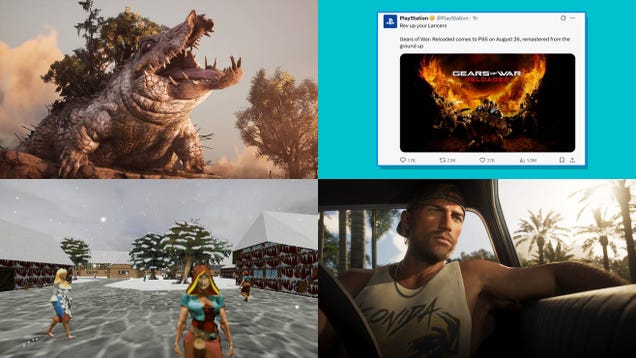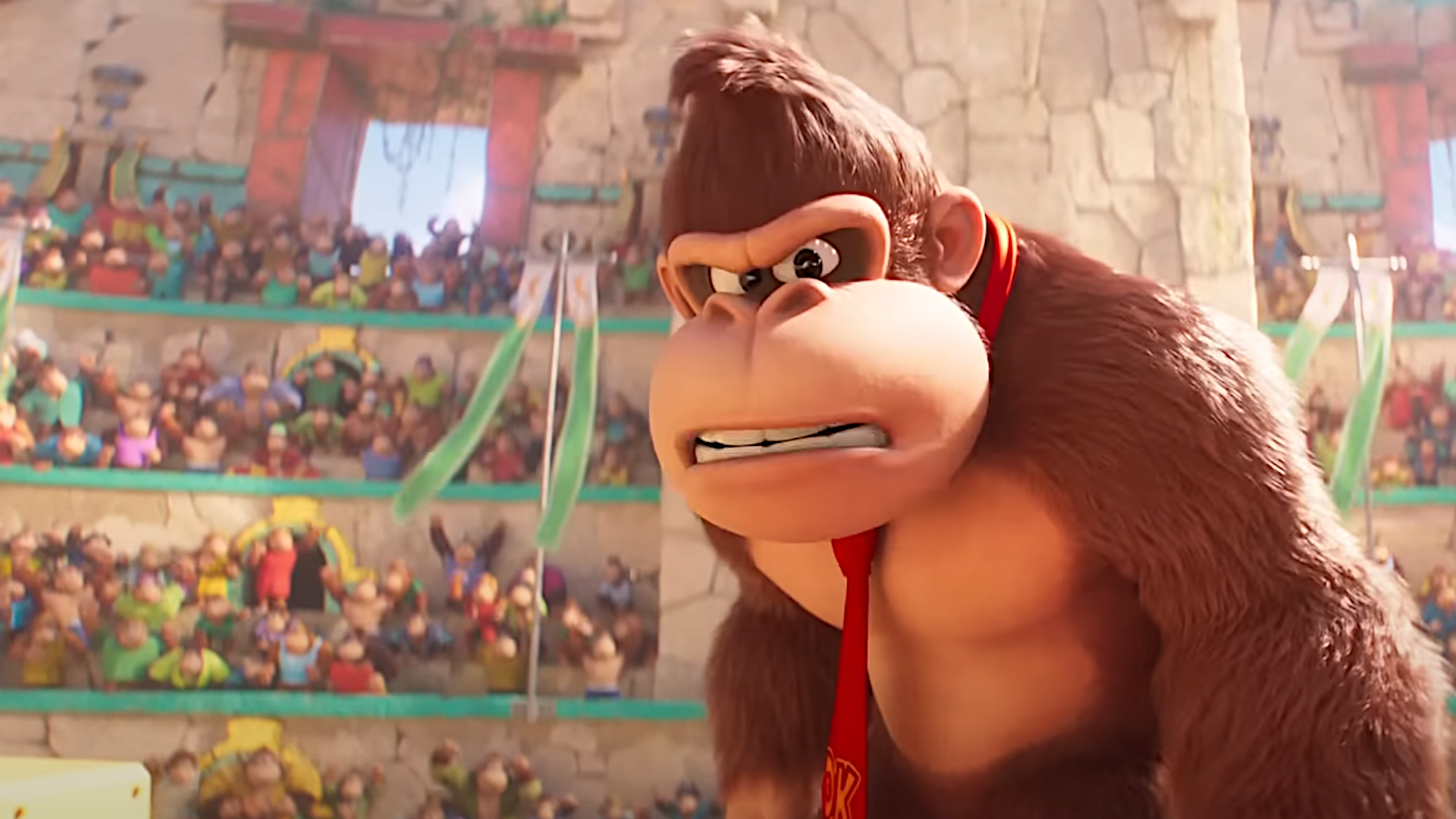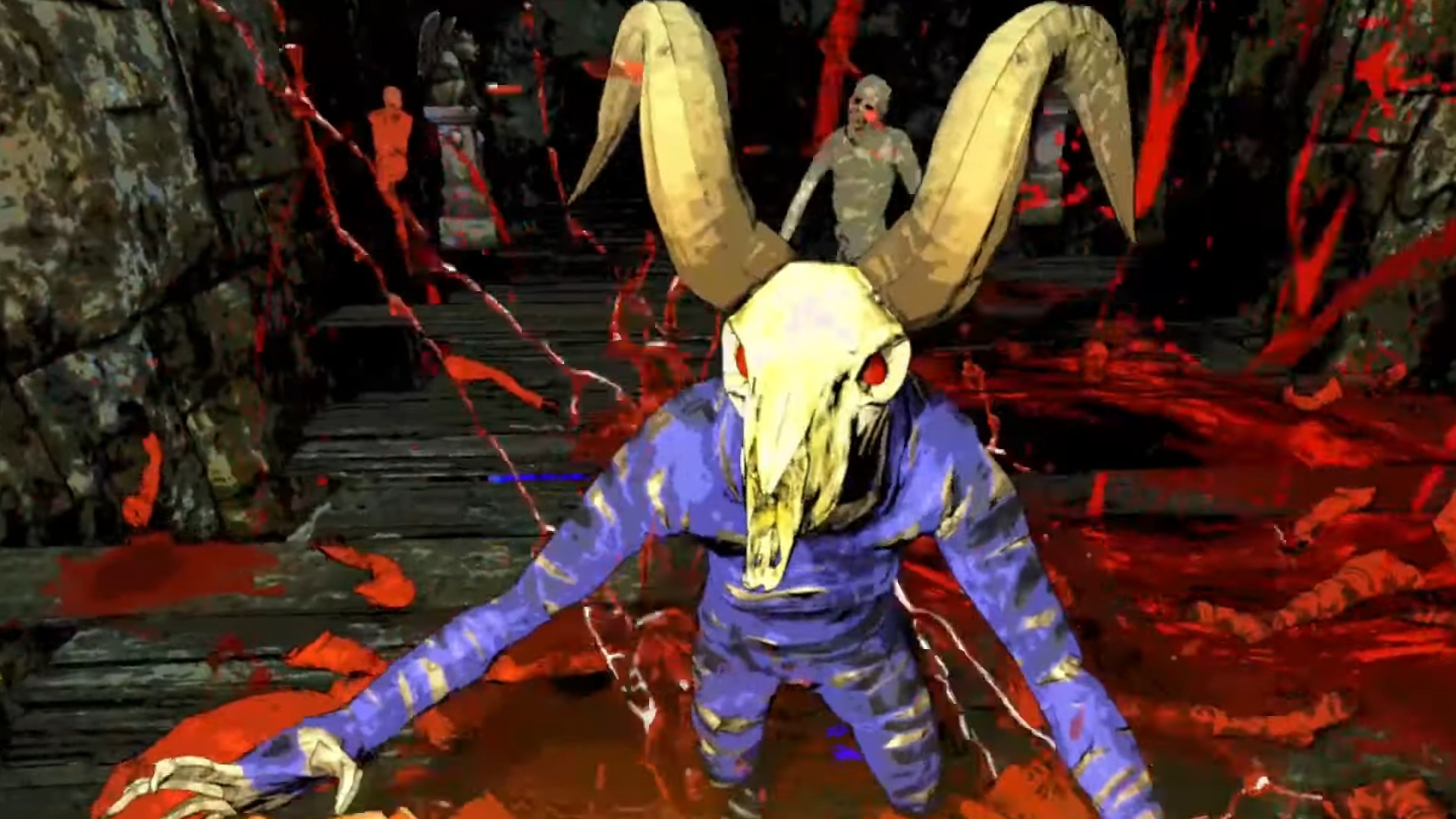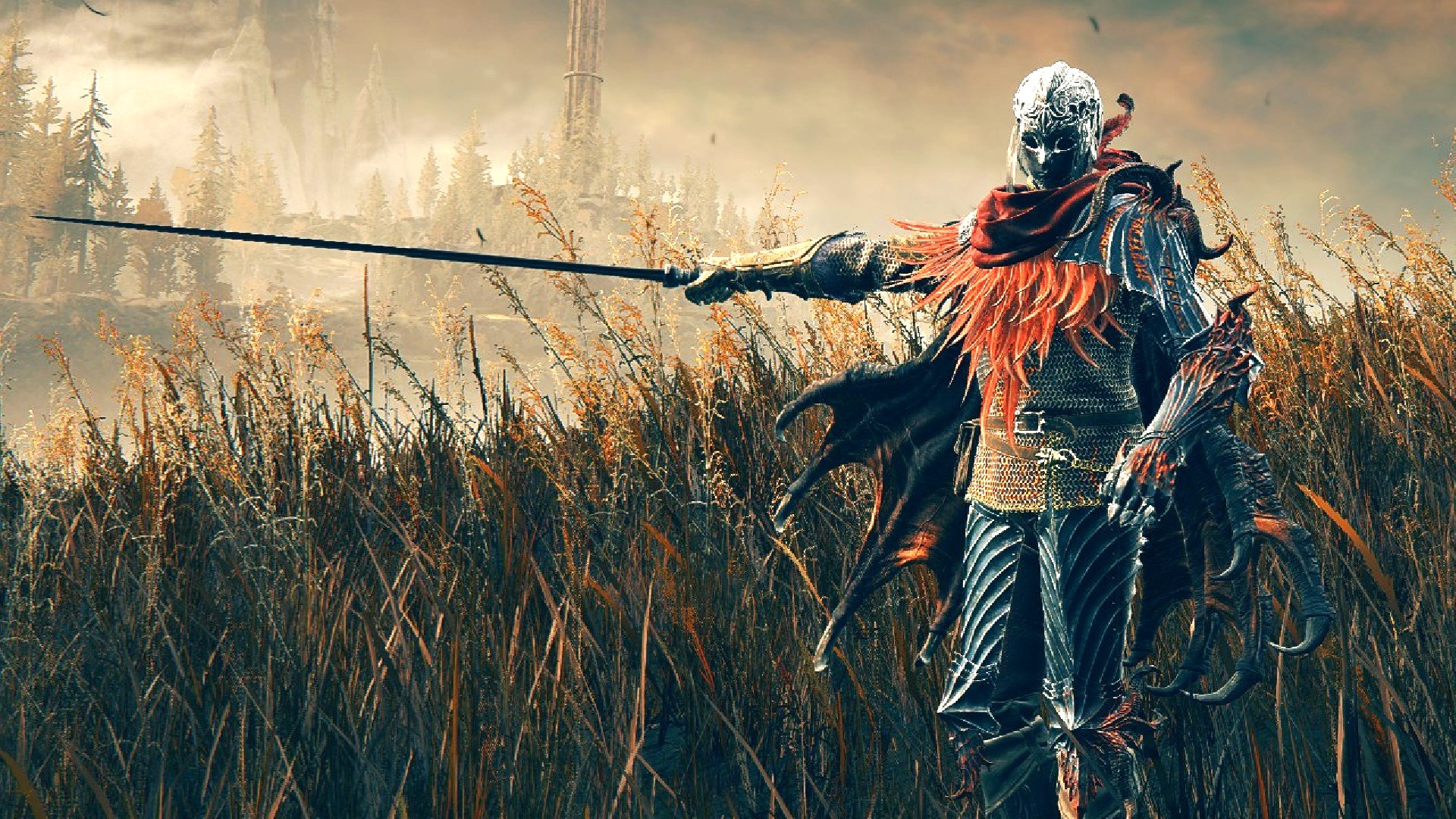
With The Last of Us Season 1 in our rearview mirrors and viewership numbers now on record, let’s have a discussion about adaptations that take it upon themselves to veer from the canon continuity of their respective source material — what we’ll call “faithless adaptations.” HBO’s series based on Naughty Dog’s video game property kept setting new watch records until the finale, when 8.2 million people tuned in to end on the show’s highest ratings to date. The Last of Us rolled with momentum until the very last chance, which is a testament to its attention-grabbing quality. It’s a successful show, which means it’s a successful adaptation — even though the storytelling forges a unique made-for-TV path that’s not beholden to the game’s choices.
Faithless adaptations once again came into question after the departure of Henry Cavill as Geralt of Rivia from Netflix’s The Witcher Season 4 raised many an eyebrow last December — but maybe not as many as executive producer and showrunner Lauren Hissrich’s comments. In response to the megastar’s jump-ship, Hissrich mentioned that she’s excited about the prospect of story reshuffling because “you don’t know where exactly the adventure is going to end.” Except, if you’re a devout fan of Andrzej Sapkwoski’s The Witcher novels — which the show was supposedly following like blueprints — you do know where The Witcher will end after the eight-book storyline is complete. Fans might wonder if veering into faithless adaptation territory is a red flag for future seasons because what’s an adaptation if it’s not committed to its source?
That’s the question filmmakers and showrunners have puzzled over for years. Film and television adaptations are prickly endeavors because there are multiple audiences to please. Your project has to be accessible enough to audiences engaging with a property for the first time, but also respectful enough to source material that amassed fanbases who may be rabid for a watchable version of their favorite comic book, literature, or video game. Tip the scale too far one direction, and risk alienating your market value. Shoot a beat-for-beat recreation that translates another medium to screen, and possibly lose out on originality that could be a missing spark.
The question is, should faithless adaptation talk be a cause for concern? Is it so wrong for storytellers to take an already-experienced narrative for a spin elsewhere or shift the tone?
The Last of Us Diverts From the Games for the Better
HBO’s interpretation of Naughty Dog’s The Last of Us debuted with rather stark differences in storytelling, yet continues to receive glowing feedback and draw viewers. Creators Neil Druckmann and Craig Mazin choose a new method of spreading the cordyceps fungus: tendrils. Articles have pointed out that if the fungal infection spread airborne through spores, stars like Pedro Pascal — when not in space — and Bella Ramsey would be forced to wear gas masks for a large duration of the show’s episodes. Through adaptive creativity, Druckmann and Mazin skirt around the issue of covering their stars’ faces and muffling their dialogue while still emphasizing the doomsday outbreak decimating humankind. Clickers now have these suckers that plant a french-kiss of death. Problem solved.
Or, let’s take a look at Episode 3 (which remains in contention for one of the year’s best episodes of television). Nick Offerman’s Bill doesn’t survive and accompany Joel and Ellie’s quest, because we get an achingly tender episode where Bill falls in love with trespasser Frank (Murray Bartlett). The episode has already been written about and analyzed extensively, defying game canon for narrative benefit even if we all would have loved to see Offerman hang around for more episodes. The point of creative storytelling is to achieve the ultimate impact with the loudest cultural resonance. The Last of Us may be “faithless” in certain ways, but both audience and reviewer reactions to Season 1 prove that all that matters is that creators are faithful to the storytelling they believe in most of all.
Then there’s Kansas City leader Kathleen, played by Melanie Lynskey. She’s an all-original character who hunts Joel and Ellie for their connection to local traitors who she wants to judge without mercy. Kathleen is a step above mini-boss in the show’s universe, fitting the dystopian mindset that permeates The Last of Us. She’s responsible for some of the show’s most chilling horrors based on human behaviors, and feels canon even without a video game counterpart. Druckmann and Mazin prove that they understand The Last of Us by adding characters like Kathleen to its legacy, taking risks that pay off while still replicating the first game’s ending for a dose of “ain’t broke, don’t fix it” familiarity.
Creators Should Be Able to Tell Their Own Story
I’ll tell you another rather famous faithless adaptation that never gets scolded — Steven Spielberg’s Jurassic Park. Michael Crichton’s 1990 novel is vastly darker in gory descriptors and the overarching message of crooked capitalism. Take John Hammond, for instance — he’s never the warm, grandfatherly, and filled-with-remorse Richard Attenborough. Crichton’s Hammond is a stone-cold capitalist pig and even plans to reopen Jurassic Park after the tragic events — until he dies horribly, eaten by the dangerous dinosaurs he still hoped to milk for profit.
Spielberg ‘blockbusterized’ Jurassic Park in the best way because a well-told story will always trump nostalgia.
Spielberg’s tweaks to Crichton’s formula trade more graphic, mature themes for a rollicking, adventurous spirit. The Jurassic Park that could have been would have gotten a hard R rating — Spielberg “blockbusterized” Jurassic Park in the best way because a well-told story will always trump nostalgia (plus he saved Ian Malcolm).
Shouldn’t we trust filmmakers and screenwriters to present the best iteration of an adaptation they deem fit? Tina Fey optioned the self-help parenting book Queen Bees and Wannabes — something seemingly unadaptable — and, through creative maneuvering, ended up with Mean Girls (and now the author of the book is taking legal action against Paramount regarding profits from the film). Sonic the Hedgehog succeeds by blending Sega’s famous side-scrolling franchise elements with wholesome live-action hybrids like Paddington instead of living within a Sega cartridge. There’s nothing disrespectful about the altering done to Calliope’s story in Neil Gaiman’s The Sandman on Netflix because showrunners knew there was no reason to explore the more explicit details once written years ago, in a different era — “faithless” doesn’t mean “no faith in the product,” but “identifying areas for improvement.”
The Resident Evil of It All
Paul W.S. Anderson’s Resident Evil franchise is a tremendous example of a video game adaptation that ignored an already exceedingly cinematic playthrough and morphed survival horror explorations into a financially lucrative action franchise. Milla Jovovich’s Alice isn’t anywhere in Capcom’s games, and yet might be more iconic to large populations who hear “Resident Evil” uttered aloud than Claire Redfield, Jill Valentine, or even Albert Wesker. Resident Evil: The Final Chapter — the sixth and final movie in Anderson’s chronology — was Sony’s most lucrative cash-in. $314 million worldwide on a $40 million budget. Anderson filters Resident Evil through his energetic, entertainment-first blockbuster style and doesn’t look back, nor give in to any complaints that it’s not “Resident Evil.” Anderson did what he does best, and audiences rewarded that confidence with increased ticket sales (the only earnings drop happened between Resident Evil: Afterlife and Resident Evil: Retribution).
Staying within the Resident Evil umbrella, we also encounter the thankless nature of adaptation filmmaking when it comes to feedback. No matter what a filmmaker does, they’re wrong, and they’ll never live up to the gold-standard nostalgia of superfans clutching their rose-colored memories. The Last of Us co-creator Craig Mazin even expects some fans to voice concern, saying, “That’s all right if people are upset by it … Everybody dreams of working on something where the fan engagement is to this level, where people will argue about these things or feel passionate about them.”
For years, Anderson cranked out Resident Evil crowd-pleasers that made large subsets of fans — myself included — ask for a Resident Evil movie that was as wet-your-pants scary, suspenseful, and horror-forward as the early games. Johannes Roberts gave us that with Resident Evil: Welcome to Racoon City — which for some reason wasn’t the kind of faithful some fans craved. It came and went to a paltry $40 million worldwide, albeit in early post-lockdown conditions, and has left the vocabulary of games fans who still demand a “shot for shot” Resident Evil remake. Then Netflix comes out with a Resident Evil show that blends creative origins with the more puzzle-based gameplay of the earlier games, attempting “faithful” but “fresh,” and the internet becomes unusable to anyone who dares enjoy the now-canceled Andrew Dabb television adaptation.
First, it’s too different. Then it’s too faithful. Then it’s “Not My Resident Evil” — there’s no pleasing some arenas of fans, so why try?
Balance Between New and Old Audiences
That’s not to say adaptations should be protected at all costs. Robert Rodriguez’s Alita: Battle Angel fails the test of building a franchise that welcomes newcomers by speeding through exposition and world-building that diehard manga readers already understand. Uwe Boll tested the limitations of “reliving” a video game on screen in House of the Dead, only to lose the essence of Sega’s beloved light gun shooter by creating a less-than-generic zombie bore. Ghost in the Shell? Like I said, adaptations are not to be protected at all costs. We should just be open to these types of on-screen recreations until we witness, for example, Americanized whitewashing frustrations show their whole-dang butt to the masses.
It’s unfair to demand that adaptation filmmakers meet our expectations when shaping a story, nurturing characters, and seeing a vision through. An adaptation is not bad or good based on how much it “gets right.” The beauty of creative interpretation is finding new ways to retell familiar stories — it’s foolish to cage creators into strict franchise guidelines. I’m not saying all adaptations are bulletproof, but I am saying that creators should be allowed to explore adaptations at their will. Whether their approaches work or not is up to execution. We live in a world where 1993’s sci-fi fever dream Super Mario Bros. and 2023’s upcoming animated The Super Mario Brothers Movie can co-exist, which is pretty incredible.
It’s unfair to demand that adaptation filmmakers meet our expectations when shaping a story.
Adaptations are part of moviemaking DNA. Studios will always chase the most significant profits — how can they deny Twilight paydays or The Hunger Games attention? Adaptations will always be demanded and criticized with the same volume. A faithless adaptation should, itself, not be a cause for concern. But one that misunderstands key source material themes or ineptly stumbles around vividly created worlds from other mediums without any semblance of understanding should be.
Faithless adaptations deserve to exist and have become some of my favorite movies of all time. I understand that authors like George R.R. Martin might be precious about HBO’s Game of Thrones going its own way, but sorry, Georgie. That’s the right of every creative team — let’s just judge movies and shows for the quality of such subversions, not debase ourselves with the toxic logic that nostalgia is king and there is no room for improvement or experimentation in media.







